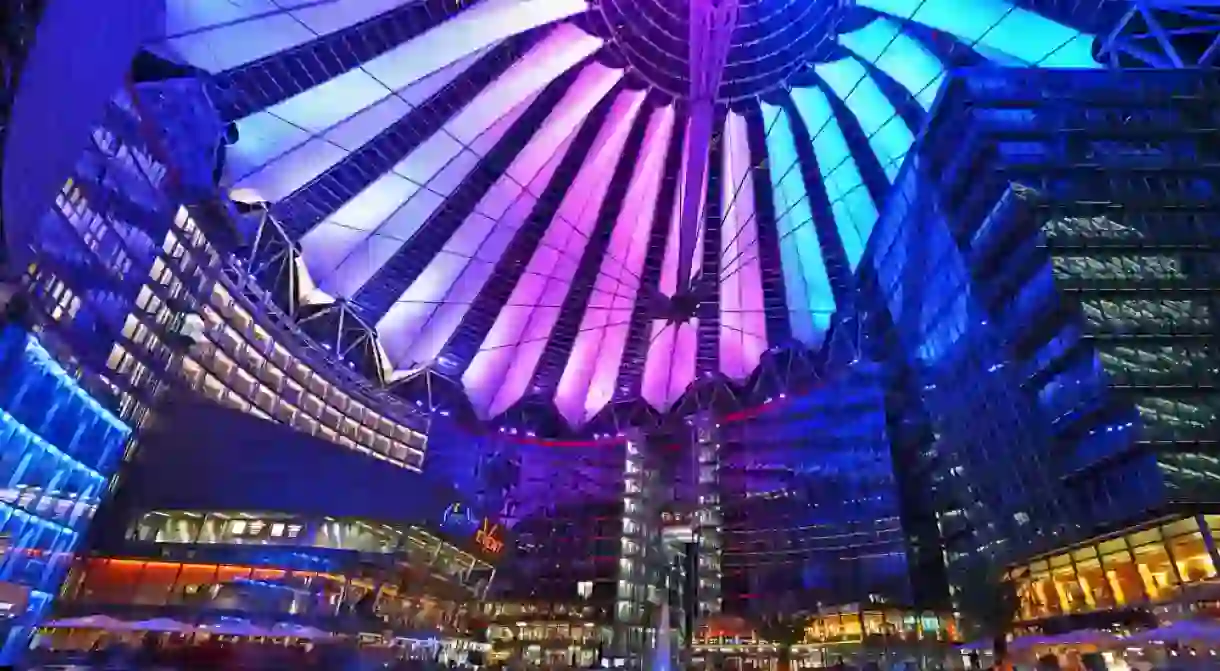11 Futuristic Places in Germany That Are Straight Out of Blade Runner

Back in 1982, Blade Runner revolutionised the science fiction genre. This year, after 35 years of waiting, fans stormed the theatres across the world to watch the sequel, Blade Runner 2049. Like the original, the films stuns with cinematographic effects and impressive film sets from deserted landscapes, dystopian cities illuminated by neon lights and futuristic architecture. We compiled a list of places in Germany that could be straight out of Blade Runner.
Ludwig Erhard Haus, Berlin
Building

Heligoland Lighthouse

Tempodrom, Berlin
Concert Hall

Teufelsmauer, Harz
Reichstag, Berlin

Tiger and Turtle sculpture, Duisburg
Park

Kö-Bogen, Düsseldorf
Park

Lieberose Desert
Forest

MyZeil Shopping Centre, Frankfurt

Diemelsee Staudamm

Sony Centre, Berlin

World War II bombing raids turned the area around Berlin’s iconic Potsdamer Platz square into rubble and led to it lying idle until 1961, when the Berlin Wall cut halfway through the square and divided Berlin along with the rest of Germany. The Wall came down 28 years later, and to revive the area, significant redevelopment projects converted Potsdamer Platz into Europe’s largest building site. In 2000, the Sony Centre at Berlin was opened to the public. The futuristic glass and steel complex is composed of an IMAX theatre, shops, restaurants, bars and cafés. At night, the tower and the cupola-like roof are illuminated by bright neon lights that, in David Suzuki’s words, create a ‘vision of cyberpunk, corporate urban future’.
Sony Centre, Kemperplatz 1, Berlin, Germany
Need more reasons to visit Germany? Check out our list of 17 Magical Places in Germany That Are Straight out of a Fairy Tale.













